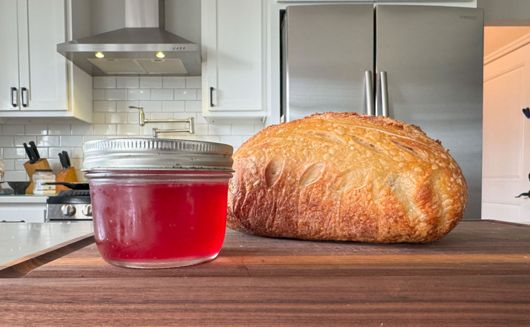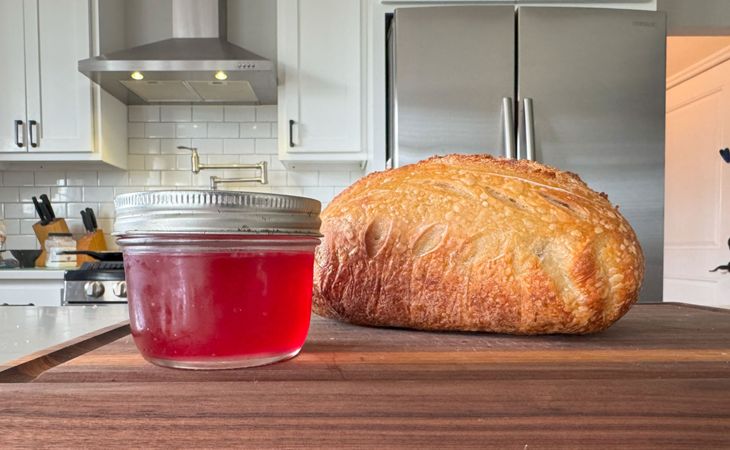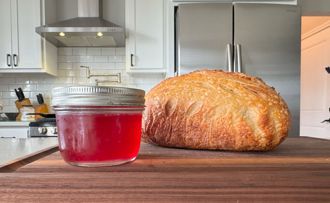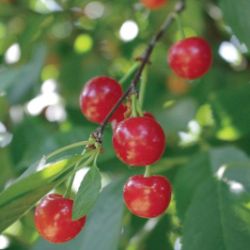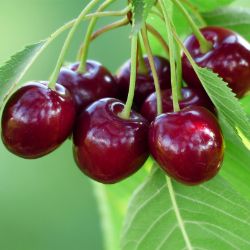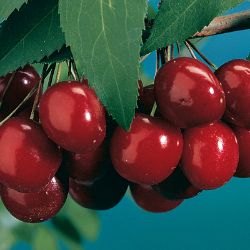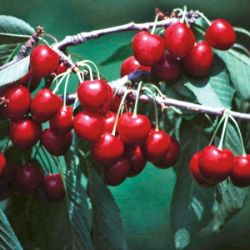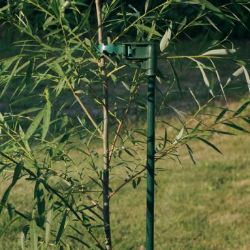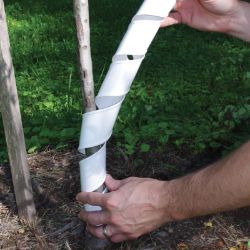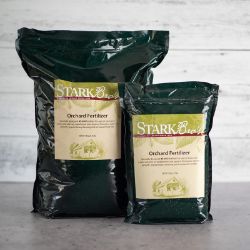Harvesting Cherry Trees
Are you ready to enjoy delicious homegrown fruit? Harvest is the time to enjoy the results of your hard work. Keep a few things under consideration as you reap the fruits of your labor: the best time to pick the fruit from your tree, and how to store the fruit once it’s picked.
NOTE: This is part 11 in a series of 11 articles. For a complete background on how to grow cherry trees, we recommend starting from the beginning.
Sweet cherry trees will start bearing fruit in 4-7 years under normal growing conditons with proper maintenance and care.
Sour cherry trees will start bearing fruit in 3-5 years under normal growing conditions with proper maintenance and care.
When to Harvest
One sure sign that red cherries are getting ripe is when the birds start visiting your tree for breakfast. But when it’s for lunch and dinner too, you’ll probably want to keep these freeloaders away. One way to do this is to cover your tree with lightweight nets. Our Garden Nets keep fruit safe from attack. They are easy to use and last for years. Thin tiny fruits within three weeks after bloom so your tree can produce large fruits you’ll be proud of.
It’s best to wait until just the right time to pick the fruit off your trees. The sugar content increases significantly during the last few days of ripening, so wait to harvest your cherries until they are firm and fully red. Tart cherries will come off the stem when they are ripe; sweet cherries should be tasted in order to tell if they’re ready to pick. Neither type of cherry will continue to ripen after it has been picked.
Harvest season for cherry trees in most areas begins in early June and runs through late July, depending upon the variety and growing location.
Annual Average Yield per Tree
Sweet Cherries
- Dwarf, 8-10 gallons
- Semi-dwarf, 10-15 gallons
- Standard, 15-20 gallons
Sour Cherries
- Dwarf, 3-5 gallons
- Semi-dwarf, 12-18 gallons
Storing Cherries
Cool storage preserves cherries for the near-term. Fresh cherries will keep for about 7 days in the refrigerator, stored in perforated plastic bags. They will keep up to 10 days if you leave the stems on them. Don’t wash the fruit until you’re ready to use it or you’ll expose the cherries to quicker spoilage.
For longer keeping, some kind of preserving method will be required: canning, freezing or drying. Prior to any preservation, carefully pick through your harvest and discard any damaged or potentially infested fruit. They could negatively affect the integrity of your finished product and lead to spoilage that could be potentially harmful, or even dangerous to one’s health.
Sweet cherries can be easily pitted with a mechanical cherry pitter and then preserved for long-term storage. They can be frozen, dehydrated/dried, freeze-dried, canned, juiced or made into wine or liqueurs. Sour/tart cherries are most often used for jams, preserves, pies, cobblers, crisps and other desserts. If cooking with frozen cherries, thaw them beforehand for best results.

